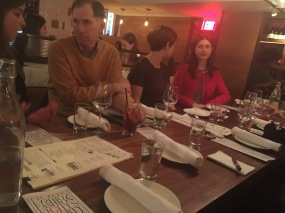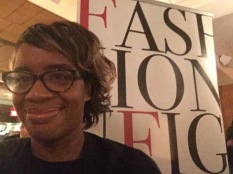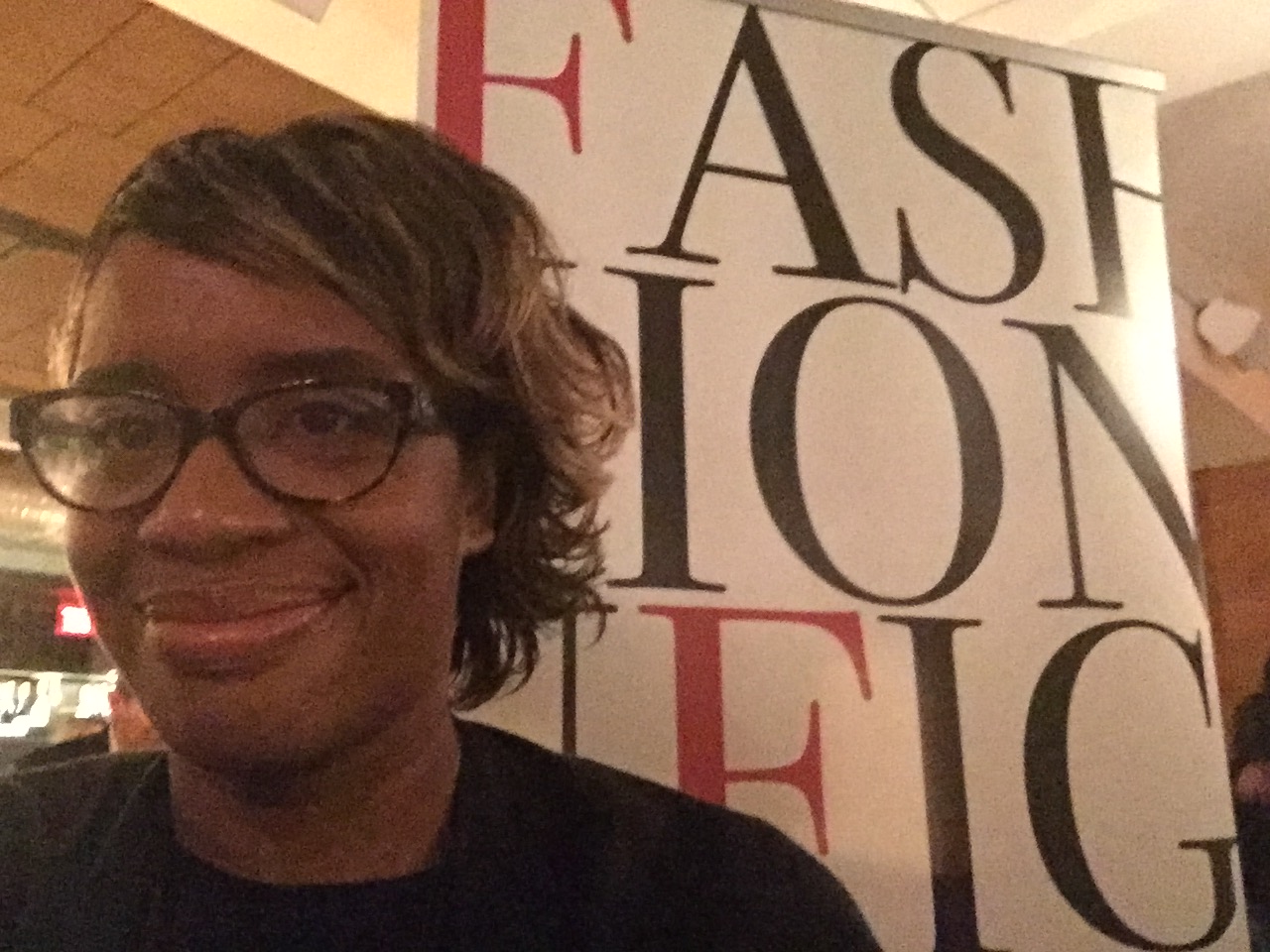What do you consider poverty? Imagine at age 6, your parents were killed and you have to take care of your younger siblings.  You grow up with little to no education, or job skills. So you’re impoverished and despite the desire to improve your situation, your lack of job skills adds to your limitations. Fortunately as a part of Kate Spade’s social enterprising, they trying to tackle this problem and build communities in Rwanda. They started sourcing through a supplier in the Masoro region of Rwanda.
You grow up with little to no education, or job skills. So you’re impoverished and despite the desire to improve your situation, your lack of job skills adds to your limitations. Fortunately as a part of Kate Spade’s social enterprising, they trying to tackle this problem and build communities in Rwanda. They started sourcing through a supplier in the Masoro region of Rwanda.
I went to a Fashion Fights Poverty Dress Responsibly Dinner Chat
at Boqueria DC with Georgetown Professor Edward Soule a few weeks ago. So, I wanted to share some interesting things I learned via the questions asked!
So, I wanted to share some interesting things I learned via the questions asked!
What have been the major difficulties thus far? There is no fashion eco-system there or materials. So everything has to be purchased in China flown to Rwanda. All skills are taught. The workers are trained like all Kate Spade workers and have to pass a test. Not only does this provide job skills, but it helps to prevent factory deaths that occur from inexperience.
 Why did Kate Spade pick Rwanda? Its a community in need of a sustainable manufacturing. They are testing a model that will empower female workers (so far 150), enable a good employment experience, and help prevent absenteeism which plagues many factories today. And this model goes along with their “goals of inspiring interesting women to lead interesting lives.”
Why did Kate Spade pick Rwanda? Its a community in need of a sustainable manufacturing. They are testing a model that will empower female workers (so far 150), enable a good employment experience, and help prevent absenteeism which plagues many factories today. And this model goes along with their “goals of inspiring interesting women to lead interesting lives.”
What types of bags are being made? They are producing on brand leather tote bags, only slightly below the normal price point.
What other opportunities does this model provide? There is education provided on financial management, reproductive/exercise/nutrition values, leadership training, and teaching “working” English.
What are Kate Spade’s measures of success? Sustainability and profit. The hope is to develop a sustainable workforce. Profit is attainable due to fair trade agreements between the US and Rwanda. The labor is cheaper, but the workers have a lower cost of living, so many of the workers have bought or built homes.
So besides having a great chat with the professor, I was able to meet some wonderful people, one of which was Andrea Bediako, founder and CEO of Lydia Anne Designs. With her cousin in Ghana, they make fantastic bags with Ankara designs.  It made me think about the handbags made in Rwanda. In order to make sure the model in Rwanda remains sustainable, the handbags are on brand but there is little representation of the Masoro culture. In fact, the consumer is not made aware that these tote bags were made in Rwanda until after purchased. I was not sure how I felt about these issues.
It made me think about the handbags made in Rwanda. In order to make sure the model in Rwanda remains sustainable, the handbags are on brand but there is little representation of the Masoro culture. In fact, the consumer is not made aware that these tote bags were made in Rwanda until after purchased. I was not sure how I felt about these issues.
So I investigated a little further. When I checked the Kate Spade website for on purpose goods, I realized the goal is about providing the community with an opportunity for economic stability thereby maintaining their culture. Providing a “ripple effect…of self-sufficiency and confidence in the future.” Which, I feel is a beautiful thing.
Naomi




It’s a beautiful thing Kate is doing in Rwanda, definitely making a difference. Nice piece of writing.
LikeLiked by 1 person
Thanks i really have a passion for it!
LikeLiked by 1 person
Thanks for sharing your investigations… it’s always great to hear the inside stories!
LikeLiked by 1 person
Hopefully the government there creates an environment encouraging more companies to see Rwanda as a plausible source for their labor needs. This is great
LikeLiked by 1 person
Pleased to hear of another global brand taking the initiative and support a community to self-sufficiency! Great piece of writing!
LikeLiked by 1 person
Great read! I really love that there is a focus on education beyond the skills required to do the role. Nutrition, financial & English lessons show Kate Spade has an investment in people and not just profit. I also like that there is a focus on women. Well done!
LikeLiked by 1 person